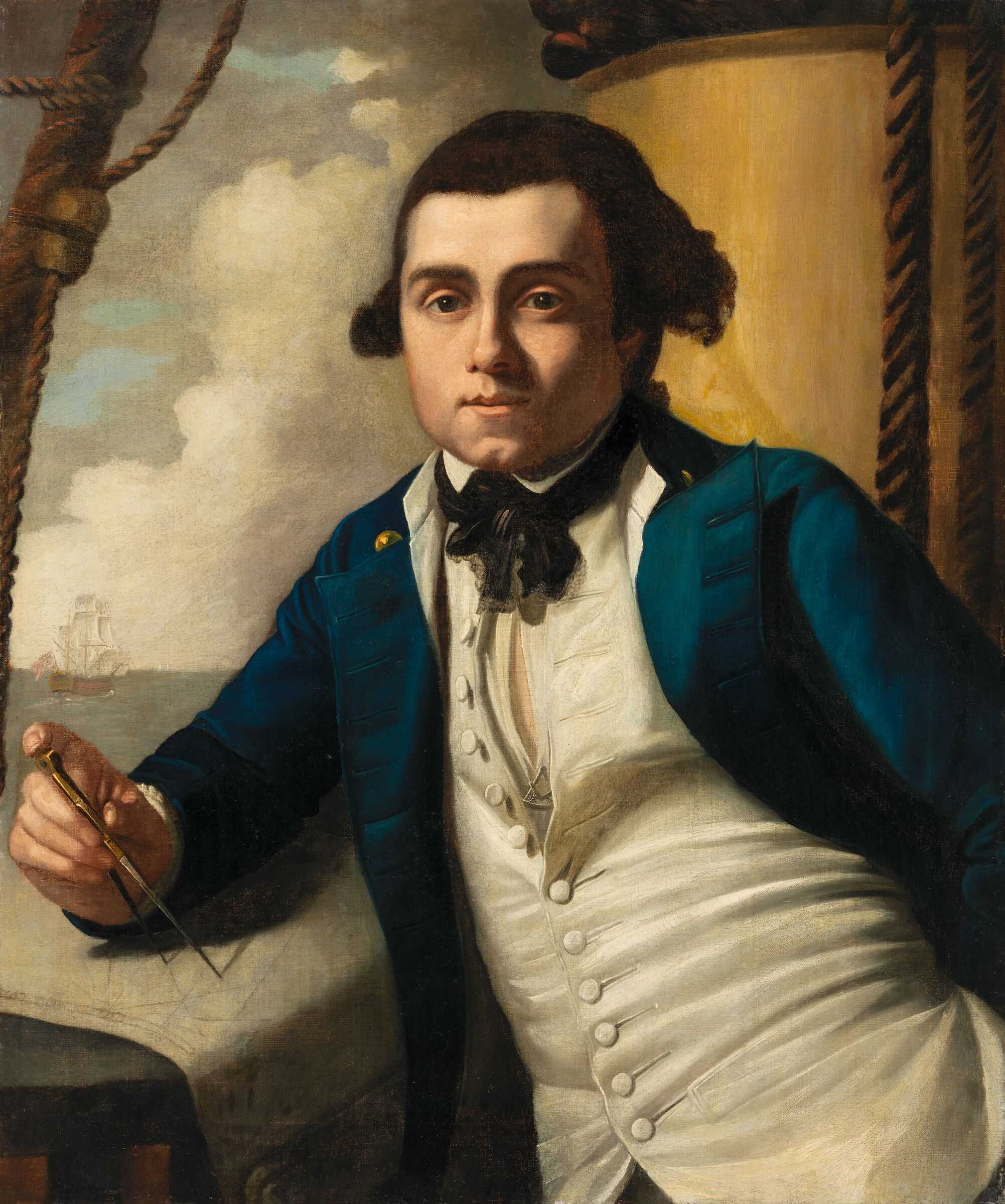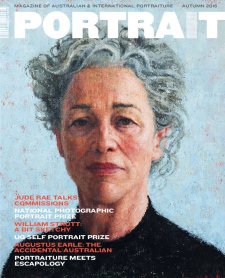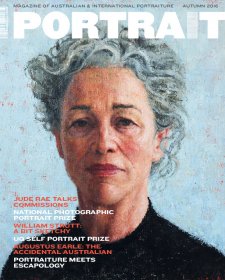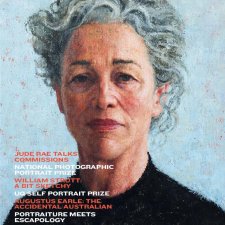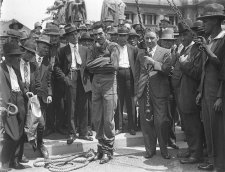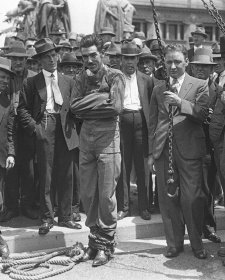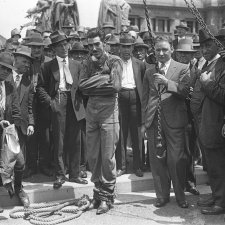The life of William Bligh (1754–1817) offers up a handful of the most remarkable episodes in the history of Britain’s eighteenth and early nineteenth-century maritime empire. Bligh’s epic journey to Timor with his companions in a small, open boat the 3,600 miles whence they were ejected from H.M.S. Bounty on 28 April 1789 remains an astonishing feat of navigation by the stars. Bligh’s misfortune was not merely to have gone through the ordeal of mutiny aboard the Bounty, but to have faced insurrection in Sydney during his tenure as fourth Governor of New South Wales. The Rum Rebellion of 1808 damaged Bligh’s reputation, but he was vindicated in London and promoted to vice-admiral of the blue. He ended his enormously eventful career by mapping Dublin Bay.
Bligh has become for us a mythic figure. There has been a bellwether William Bligh in every phase of Australian history – the martinet versus the brilliant cartographer and genius of navigation; the deeply misunderstood versus the merely blinkered man; the blackguard versus the gentleman and officer of the Royal Navy, steeped in its sometimes brutal disciplinary code; the angry tyrant versus the lonely husband and father; the victim of circumstance, stoutly defended again and again, as a matter of principle, by their Lordships of the Admiralty.
When in the mid-1960s A. G. L. Shaw drafted his measured, even cautious entry for Bligh in the Australian Dictionary of Biography, and, at around the same time, Manning Clark was writing his vividly hostile account of Bligh in his Short History of Australia, the distance between these two extraordinarily different appraisals encapsulated the turbulent character of that decade. In other words Bligh was then made to fit the needs of, on the one hand, an established order wary of rapidly developing social fissures, and, on the other, an ambitious sense of national identity from which Britain herself was rapidly retreating towards the Common Market. Thirty years later, when in 1992 Greg Dening published his Mr. Bligh’s Bad Language, Bligh furnished the material for a ground-breaking contribution to the burgeoning field of historical anthropology – and an entirely new approach to historiography itself. No doubt Bligh will continue to ebb and flow in the esteem of future generations. That is as it should be.
